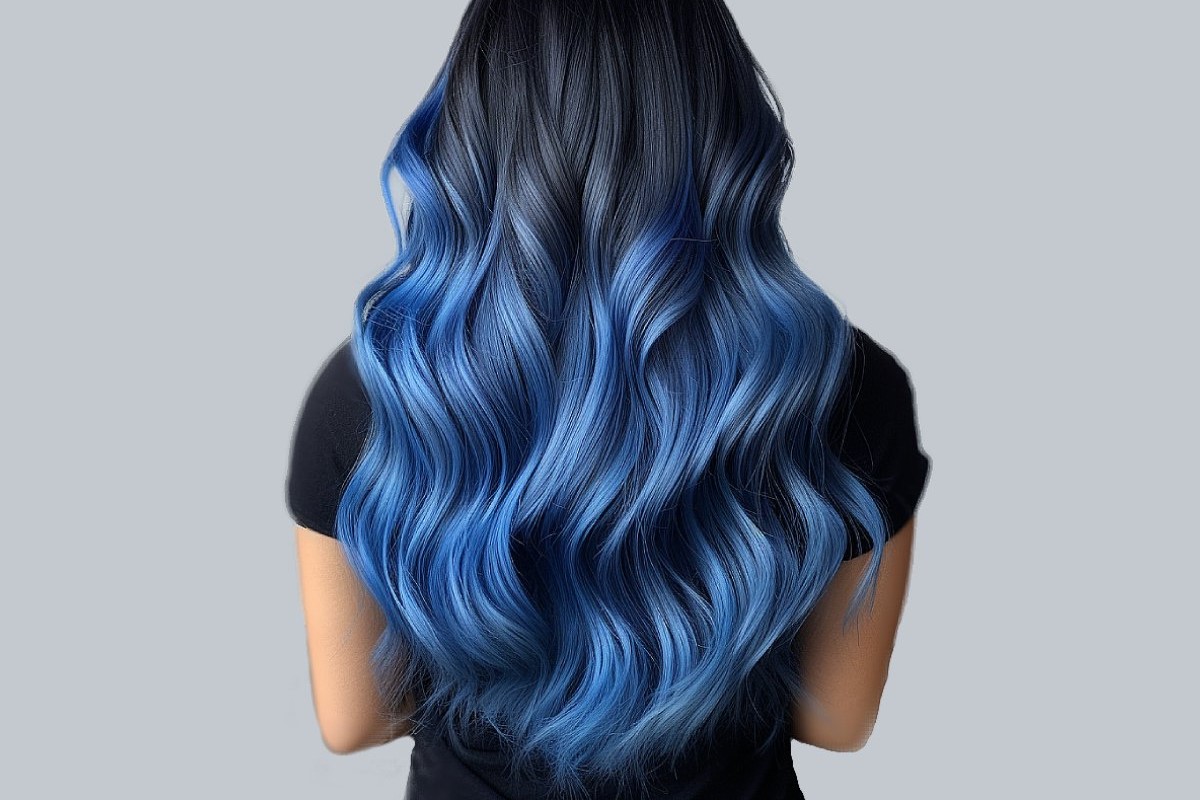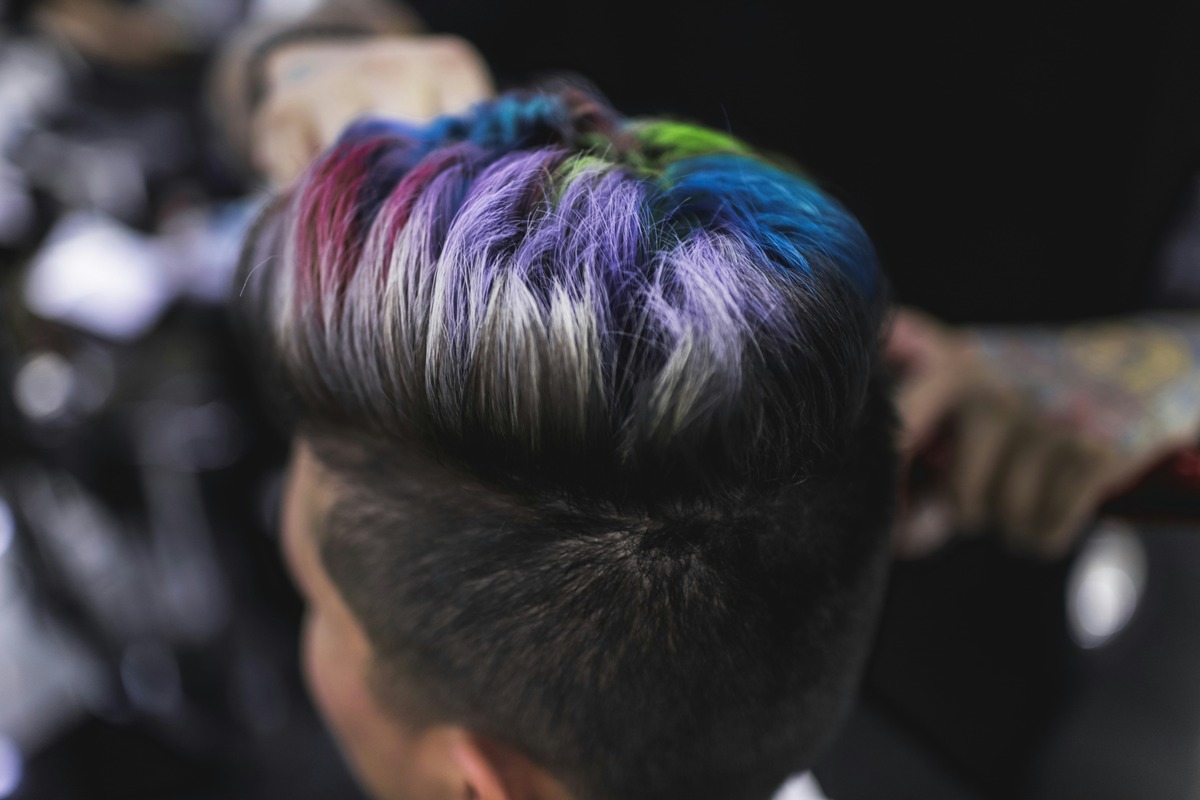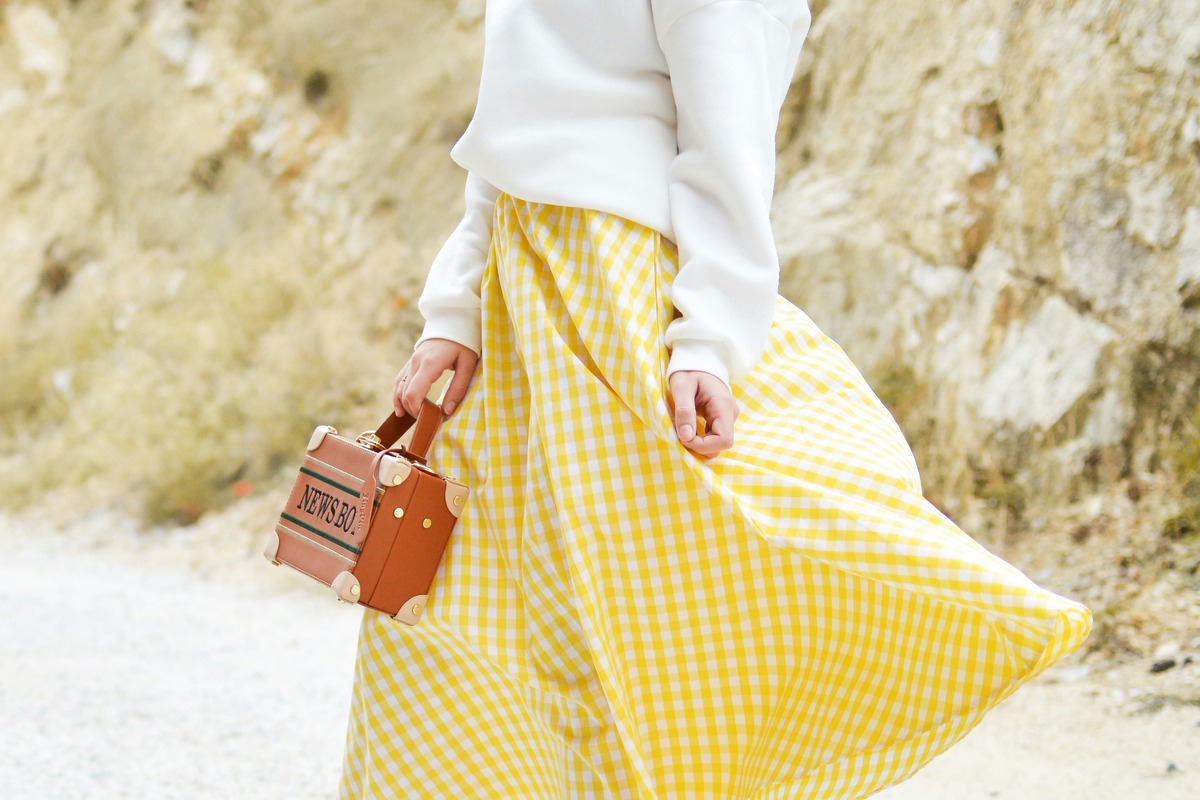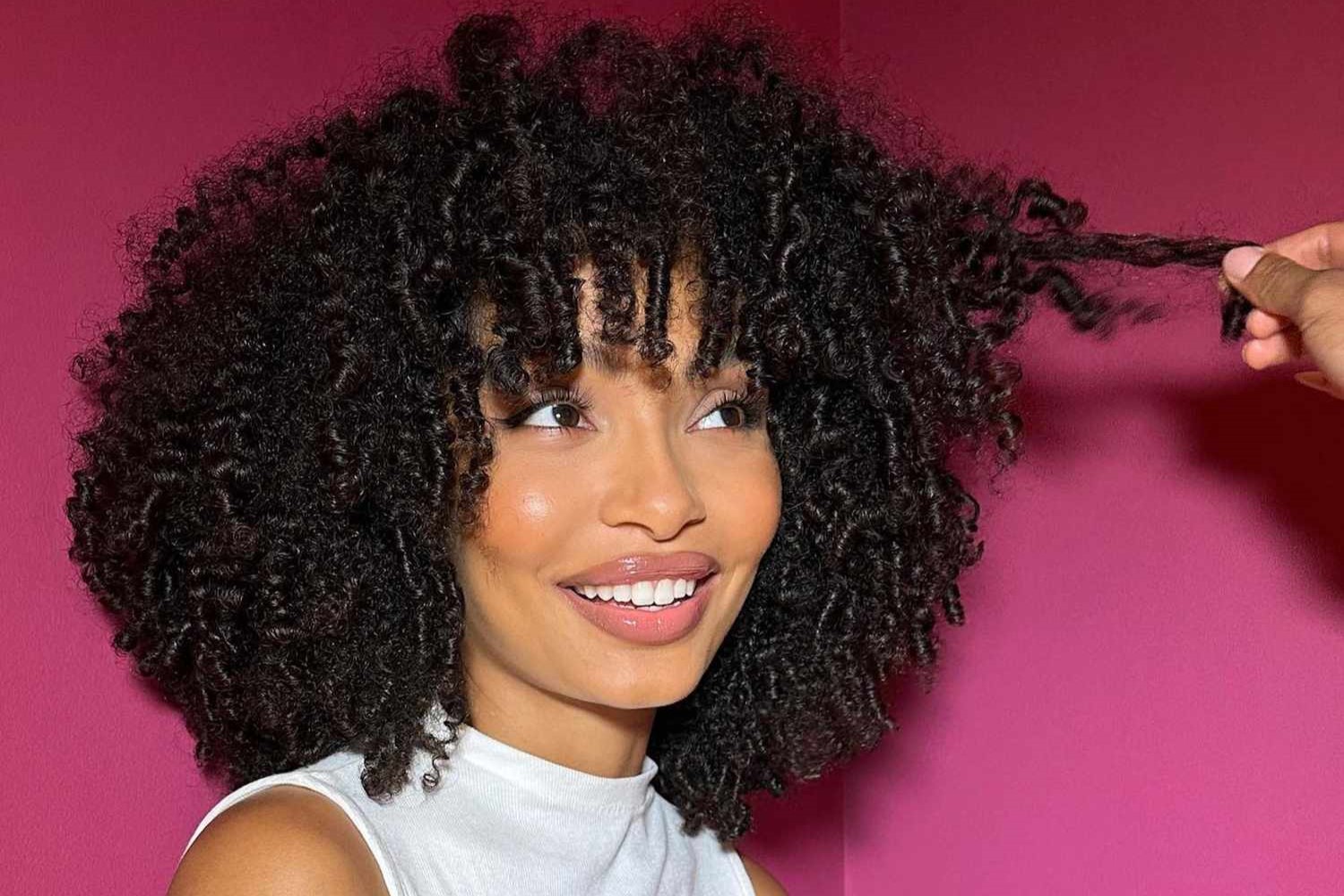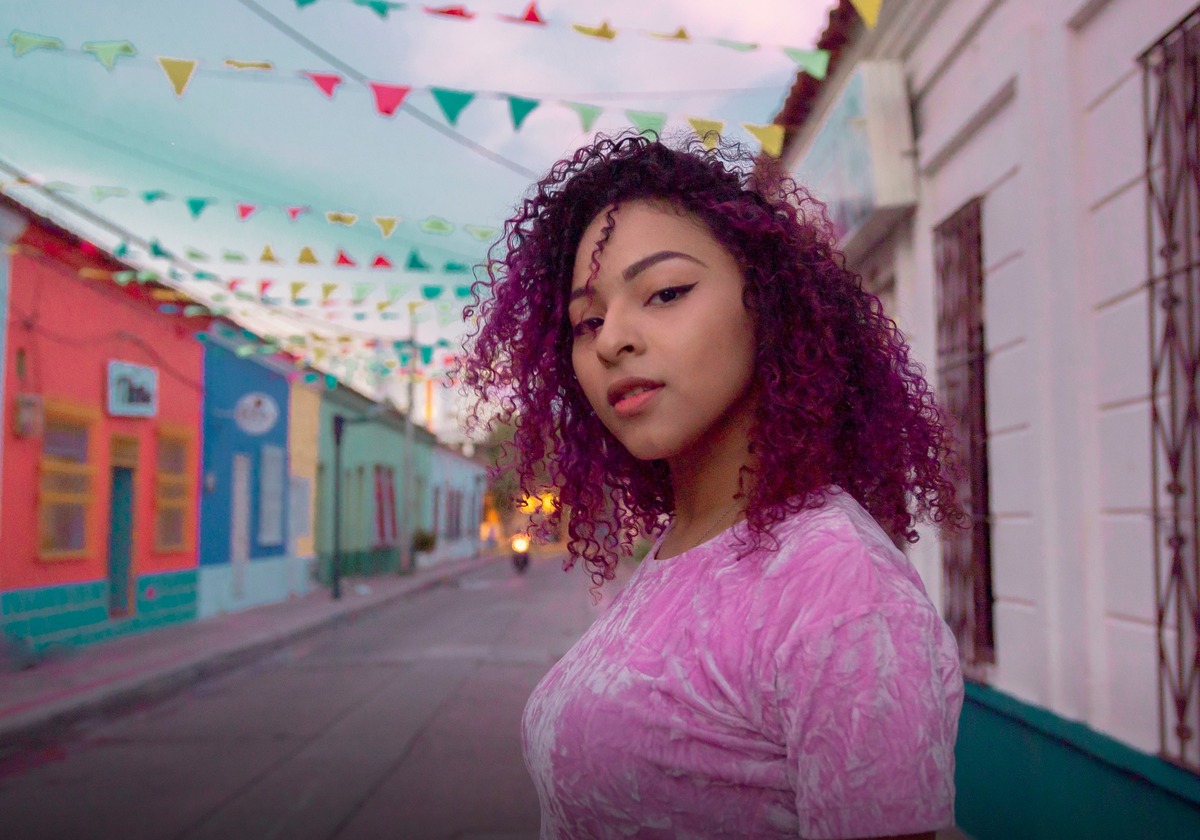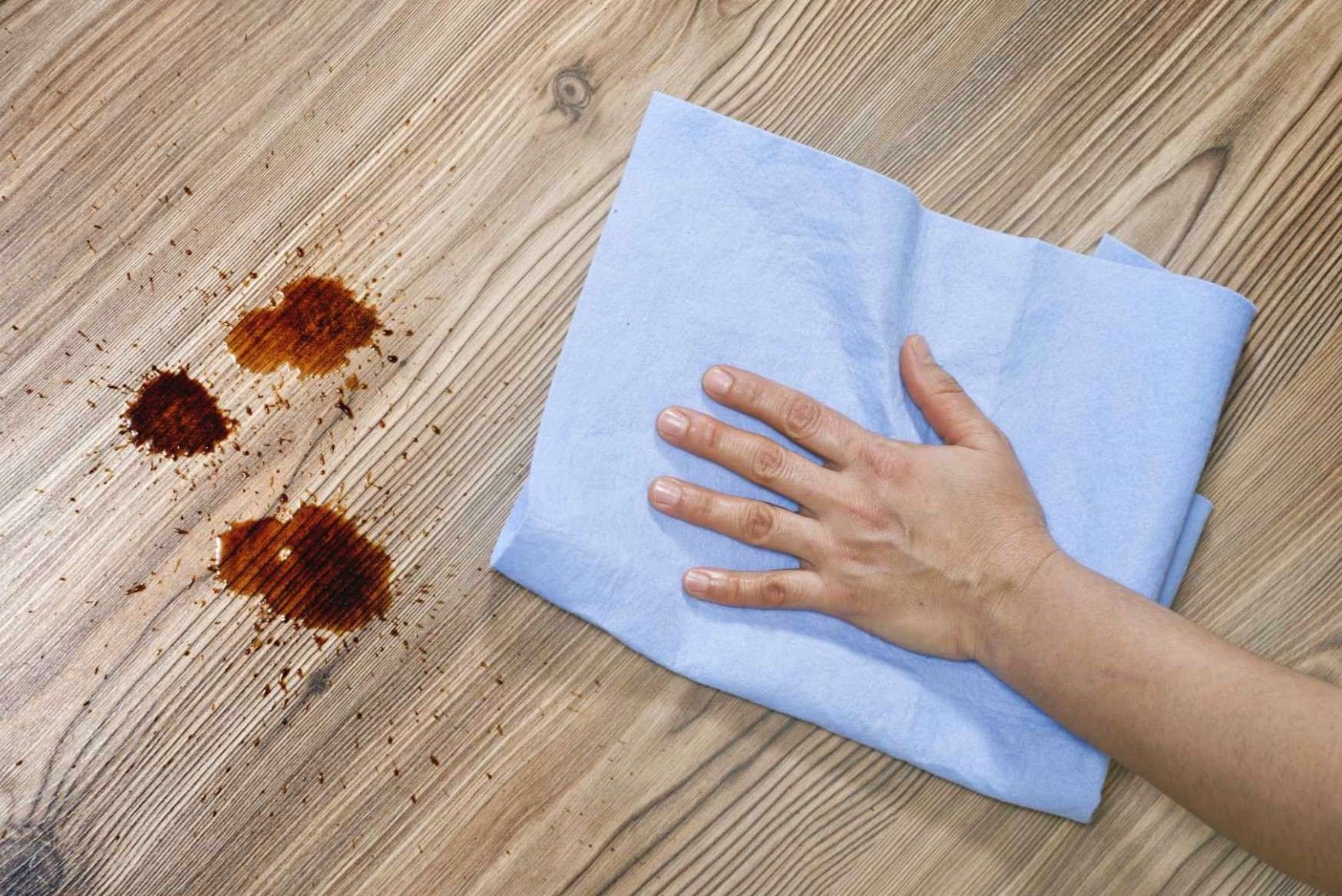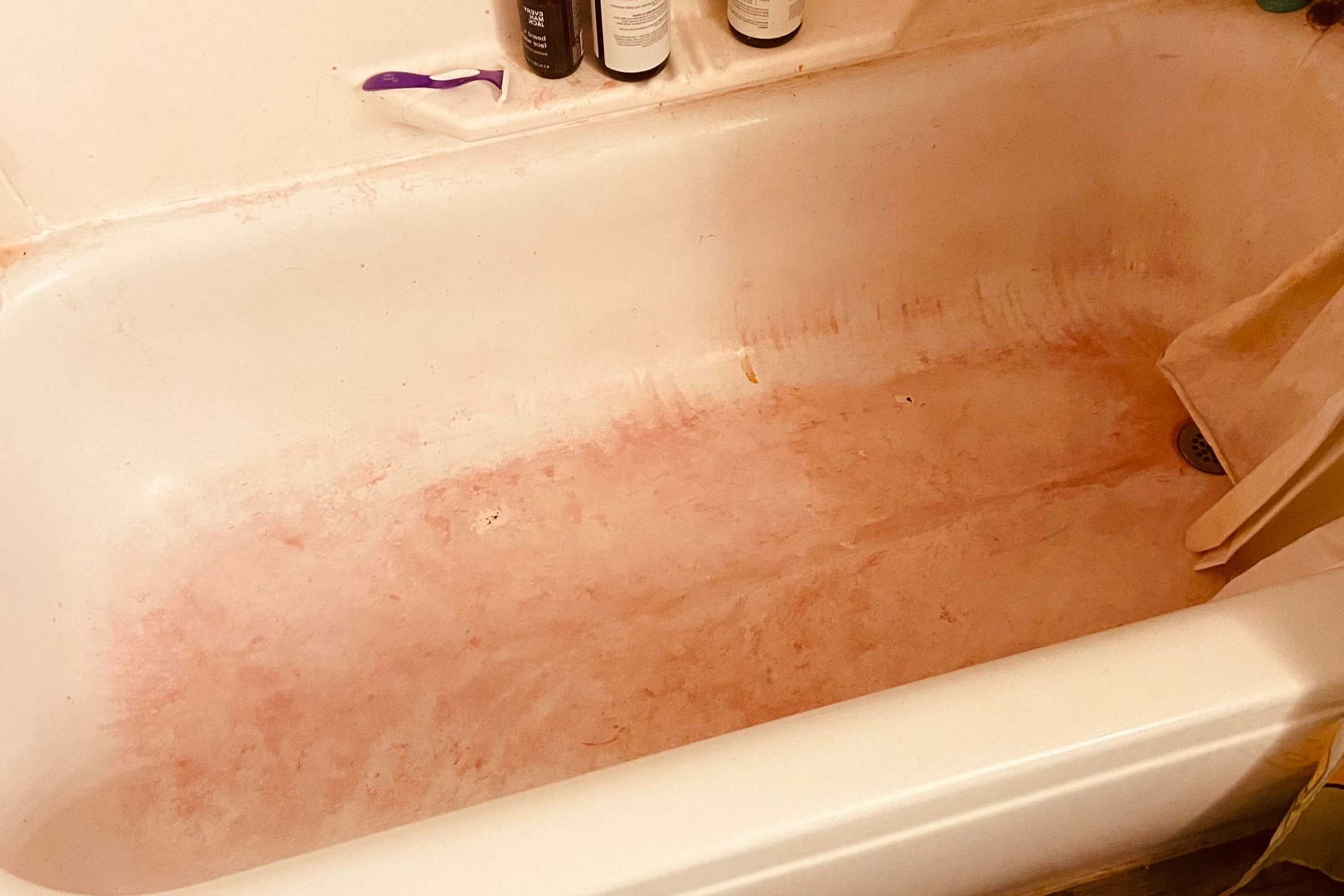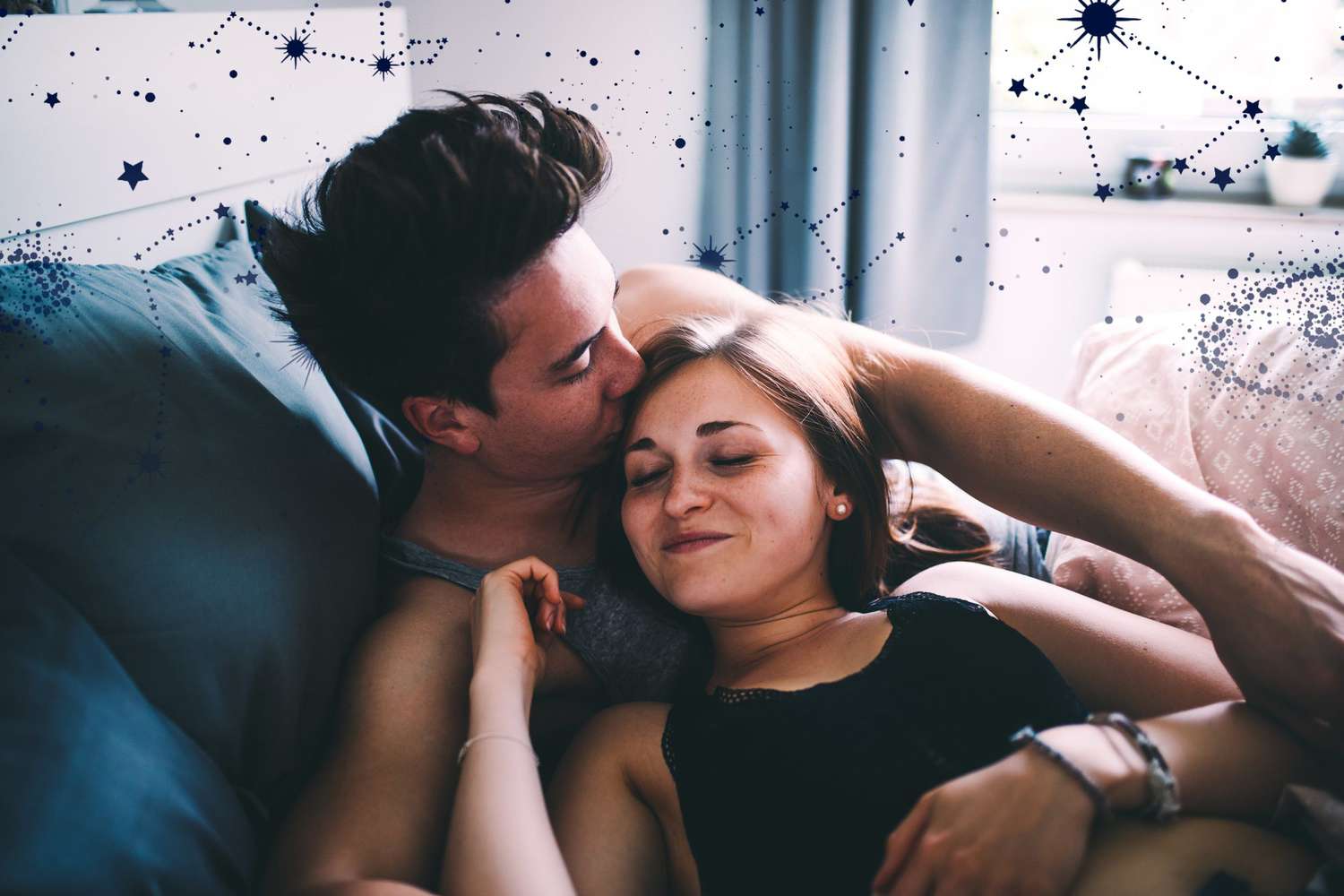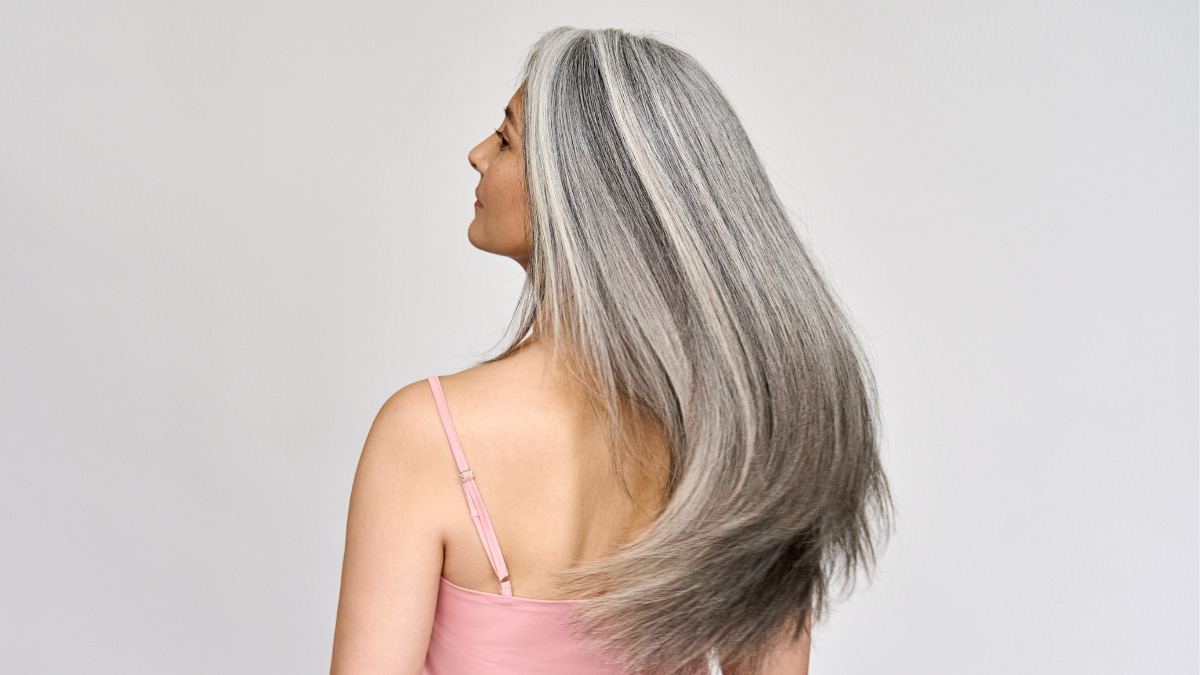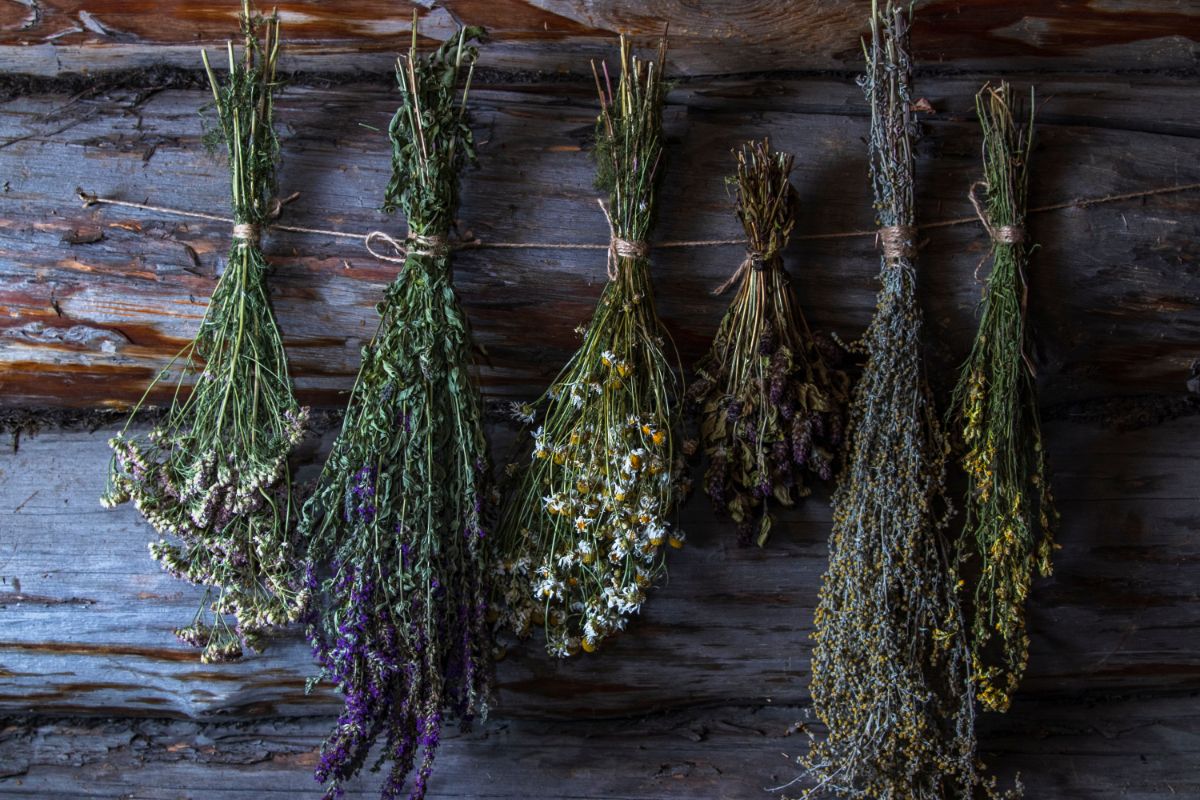Home>Lifestyle>The Ultimate Guide To Matching Hair Color Developers With Hair Dye
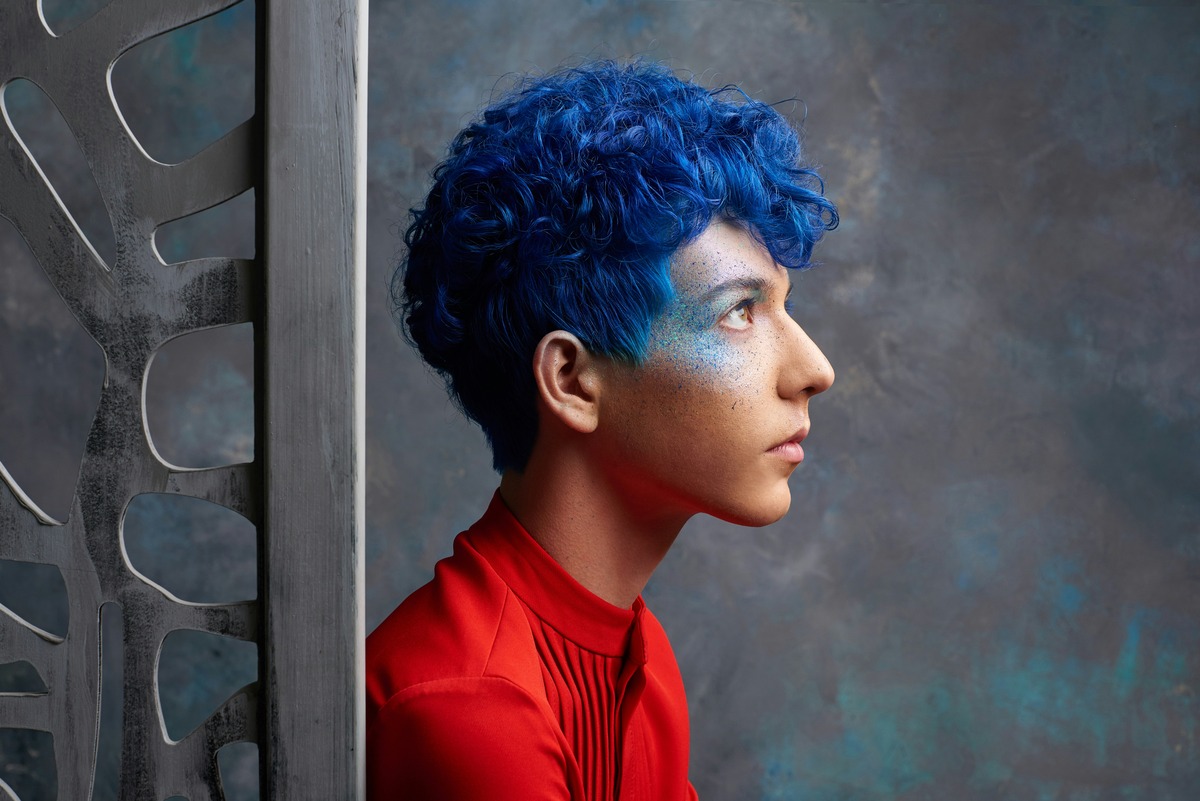

Lifestyle
The Ultimate Guide To Matching Hair Color Developers With Hair Dye
Published: February 13, 2024
Discover the perfect hair color developer for your hair dye with our comprehensive guide. Elevate your lifestyle with expert tips and recommendations.
(Many of the links in this article redirect to a specific reviewed product. Your purchase of these products through affiliate links helps to generate commission for Noodls.com, at no extra cost. Learn more)
Table of Contents
Introduction
Choosing the right hair color developer is a crucial step in achieving the perfect hair color. Whether you're aiming for a subtle change or a bold transformation, understanding the role of hair color developers and how they interact with hair dye is essential. This comprehensive guide will walk you through the intricacies of hair color developers, help you make informed decisions, and provide valuable tips for achieving stunning results.
Understanding the nuances of hair color developers and their compatibility with different hair dyes can significantly impact the outcome of your hair coloring process. By delving into the intricacies of this essential element, you'll gain the knowledge needed to make informed choices and achieve the desired hair color with confidence.
Let's explore the world of hair color developers and uncover the secrets to seamlessly matching them with hair dye for exceptional results.
Understanding Hair Color Developers
Hair color developers, also known as hair color activators or hair color oxidants, play a pivotal role in the hair coloring process. These developers are formulated with hydrogen peroxide, which acts as an oxidizing agent to initiate the color-forming process within the hair shaft. Understanding the characteristics and strengths of different hair color developers is essential for achieving the desired hair color results.
Types of Developers
Hair color developers are available in various volumes, typically ranging from 10 to 40 volumes. The volume refers to the concentration of hydrogen peroxide in the developer. Lower volume developers, such as 10 and 20 volumes, are suitable for depositing color or darkening the hair, while higher volume developers, like 30 and 40 volumes, are used for lightening or lifting the natural hair color.
Developer Strengths
The strength of a hair color developer determines its ability to lift or deposit color. Lower volume developers are ideal for toning, refreshing, or darkening the hair, while higher volume developers are necessary for lightening or achieving vibrant, dramatic color changes. It's crucial to select the appropriate developer strength based on the desired hair color outcome and the natural hair color level.
Developer Compatibility
Different hair dyes and hair color brands are formulated to work optimally with specific developer volumes. It's essential to follow the manufacturer's guidelines and recommendations when selecting a developer to ensure compatibility with the chosen hair dye. Using an incompatible developer can lead to unpredictable color results and may affect the overall integrity of the hair.
Processing Time
The processing time of a hair color developer refers to the duration it takes for the color-forming process to occur. Higher volume developers typically have a faster processing time, making them suitable for quick and efficient lightening processes. Conversely, lower volume developers may require a longer processing time to achieve the desired color deposit or tonal refinement.
Impact on Hair Condition
The strength and volume of the hair color developer can significantly impact the condition of the hair. Higher volume developers have a more intense lightening effect but can also cause greater damage if not used correctly. It's important to consider the hair's current condition and overall health when selecting the appropriate developer to minimize potential damage and maintain hair integrity.
Understanding the nuances of hair color developers empowers individuals to make informed decisions when embarking on a hair coloring journey. By recognizing the characteristics, strengths, compatibility, processing time, and impact on hair condition, individuals can navigate the world of hair color developers with confidence, ultimately leading to exceptional and personalized hair color results.
Choosing the Right Hair Color Developer
Selecting the appropriate hair color developer is a critical step in achieving the desired hair color transformation. When choosing the right hair color developer, several factors must be carefully considered to ensure optimal results and minimize the risk of potential damage to the hair.
Understanding Hair Color Developer Strengths and Volumes
The first consideration when choosing a hair color developer is understanding the strengths and volumes available. Hair color developers are typically categorized into volumes ranging from 10 to 40. Lower volume developers, such as 10 and 20 volumes, are suitable for depositing color or darkening the hair, making them ideal for toning and subtle color changes. On the other hand, higher volume developers, including 30 and 40 volumes, are designed for lightening or lifting the natural hair color, facilitating more dramatic color transformations.
Read more: How To Get Hair Dye Out Of Clothes
Assessing the Desired Hair Color Outcome
The desired hair color outcome plays a pivotal role in determining the appropriate hair color developer. Individuals seeking to darken their hair or maintain their current color may opt for a lower volume developer to achieve subtle changes without compromising the hair's integrity. Conversely, those aiming for significant lightening or vibrant color changes should consider higher volume developers to effectively lift the natural pigment and achieve the desired result.
Considering Hair Condition and Sensitivity
The current condition and sensitivity of the hair are crucial factors to consider when selecting a hair color developer. If the hair is already compromised or prone to damage, it's advisable to opt for a lower volume developer to minimize the risk of further stress on the hair shaft. Additionally, individuals with sensitive scalps or previous allergic reactions should prioritize developers with lower volumes to reduce the likelihood of adverse skin reactions.
Compatibility with Chosen Hair Dye
Ensuring compatibility between the selected hair color developer and the chosen hair dye is essential for achieving consistent and predictable results. Different hair dyes and brands are formulated to work optimally with specific developer volumes. It's imperative to follow the manufacturer's guidelines and recommendations to guarantee compatibility and avoid potential color discrepancies or undesirable outcomes.
Balancing Processing Time and Hair Integrity
The processing time of a hair color developer should align with the desired hair color outcome and the hair's current condition. Higher volume developers typically have a faster processing time, making them suitable for efficient lightening processes. However, it's essential to strike a balance between processing time and hair integrity, ensuring that the chosen developer's strength aligns with the hair's ability to withstand the color-forming process without excessive damage.
By carefully considering these factors and understanding the nuances of hair color developers, individuals can make informed decisions when choosing the right developer for their specific hair color goals. This thoughtful approach not only enhances the likelihood of achieving the desired hair color but also promotes the overall health and integrity of the hair throughout the coloring process.
Read more: How To Get Hair Dye Off Of Sink
Matching Hair Color Developers with Hair Dye
Achieving the perfect hair color involves not only selecting the right hair dye but also ensuring that it is paired with a compatible hair color developer. The synergy between the hair color developer and the chosen hair dye is paramount in determining the final color result. Understanding how to match these components effectively is essential for a successful and satisfying hair coloring experience.
When matching hair color developers with hair dye, it is crucial to consider the developer's volume and strength in relation to the desired hair color outcome. Different hair dyes are formulated to work optimally with specific developer volumes, and deviating from these recommendations can lead to unpredictable color results. For instance, permanent hair dyes often specify the recommended developer volume on their packaging, guiding users to achieve the intended color depth and vibrancy.
Additionally, the natural hair color level plays a significant role in determining the appropriate developer and hair dye combination. Darker natural hair colors may require a higher volume developer to effectively lift the existing pigment and achieve the desired lightness, while lighter natural hair colors may only necessitate a lower volume developer for tonal refinement or subtle color changes.
Furthermore, understanding the undertones present in both the hair dye and the developer is essential for harmonizing the color result. For instance, if the hair dye has warm undertones and the developer has cool undertones, the resulting color may appear unbalanced or inconsistent. By ensuring that the undertones of the developer and hair dye complement each other, individuals can achieve a cohesive and harmonious color outcome.
It is also important to follow the manufacturer's instructions regarding the mixing ratios and processing times when combining hair color developers with hair dye. Deviating from the recommended ratios or processing times can impact the color's vibrancy, longevity, and overall integrity.
By meticulously matching the hair color developer with the chosen hair dye, individuals can optimize the color-forming process, minimize the risk of color discrepancies, and achieve the desired hair color with precision and confidence. This thoughtful approach to pairing hair color developers with hair dye sets the stage for stunning and personalized color results, elevating the overall hair coloring experience.
Tips for Achieving the Perfect Hair Color
-
Conduct a Strand Test: Before applying the hair dye and developer to your entire head, it's essential to perform a strand test. This involves applying the hair color mixture to a small section of hair to assess the resulting color and ensure it aligns with your expectations. A strand test also helps evaluate the processing time needed to achieve the desired color, allowing for adjustments before the full application.
-
Choose the Right Developer Volume: Selecting the appropriate developer volume based on your desired hair color outcome and natural hair color level is crucial. If you're aiming for a subtle change or tonal refinement, opt for a lower volume developer. For significant lightening or vibrant color changes, a higher volume developer may be necessary. Matching the developer volume with your specific color goals ensures optimal results.
-
Follow Manufacturer's Guidelines: Adhering to the manufacturer's instructions regarding the mixing ratios, processing times, and recommended developer for the chosen hair dye is imperative. Deviating from these guidelines can lead to unpredictable color results and may compromise the overall integrity of the hair.
-
Protect Your Hair: Prioritize the health and condition of your hair by incorporating protective measures during the coloring process. Consider using a pre-color treatment to prepare the hair for color application and minimize potential damage. Additionally, post-color conditioning treatments can help nourish and restore the hair's moisture balance.
-
Consider Your Skin Tone: When selecting a hair color, it's essential to consider your skin tone to ensure the chosen shade complements your complexion. Cool-toned skin pairs well with ashy or cool hair colors, while warm-toned skin harmonizes with golden or warm hair hues. Understanding the interplay between hair color and skin tone enhances the overall visual impact of the chosen hair color.
-
Maintain Hair Health: After coloring your hair, prioritize its ongoing health and vibrancy. Use color-safe shampoos and conditioners to preserve the color's longevity and prevent premature fading. Additionally, regular deep conditioning treatments can help nourish and maintain the hair's strength and luster.
-
Seek Professional Advice if Unsure: If you're uncertain about the best approach for achieving your desired hair color or if you're considering a significant color transformation, consulting a professional hairstylist can provide valuable insights and personalized recommendations. A professional can assess your hair's condition, recommend suitable color options, and ensure a tailored approach to achieving your ideal hair color.
By incorporating these tips into your hair coloring journey, you can elevate the process from a routine task to a personalized and empowering experience. Embracing thoughtful preparation, informed decision-making, and ongoing hair care promotes not only the achievement of the perfect hair color but also the overall health and vitality of your hair.
Conclusion
In conclusion, the art of achieving the perfect hair color involves a delicate balance of understanding, preparation, and thoughtful decision-making. By delving into the intricacies of hair color developers and their compatibility with hair dye, individuals can embark on their hair coloring journey with confidence and precision.
Understanding the nuances of hair color developers, including their strengths, volumes, and impact on hair condition, empowers individuals to make informed choices tailored to their specific hair color goals. By carefully considering factors such as the desired hair color outcome, hair condition, and compatibility with chosen hair dye, individuals can optimize the color-forming process while prioritizing the overall health and integrity of their hair.
The process of matching hair color developers with hair dye is a pivotal step in achieving consistent and predictable color results. By ensuring that the developer's volume and strength align with the desired hair color outcome and natural hair color level, individuals can harmonize the color-forming process, minimize the risk of color discrepancies, and achieve the desired hair color with precision and confidence.
Furthermore, incorporating essential tips, such as conducting a strand test, choosing the right developer volume, and following manufacturer's guidelines, elevates the hair coloring experience from a routine task to a personalized and empowering journey. Prioritizing the health and condition of the hair, considering skin tone when selecting a hair color, and seeking professional advice when unsure further enriches the overall hair coloring process.
Ultimately, the journey to achieving the perfect hair color is a fusion of art and science, where creativity meets meticulous attention to detail. By embracing the knowledge and insights shared in this guide, individuals can navigate the world of hair color developers and hair dye with a newfound sense of confidence, leading to exceptional and personalized hair color results.
In essence, the journey to the perfect hair color is not merely about changing one's appearance; it's about embracing self-expression, confidence, and the joy of personal transformation. With the right knowledge and approach, every hair coloring experience becomes an opportunity for individuals to celebrate their unique style and individuality, one vibrant hue at a time.
